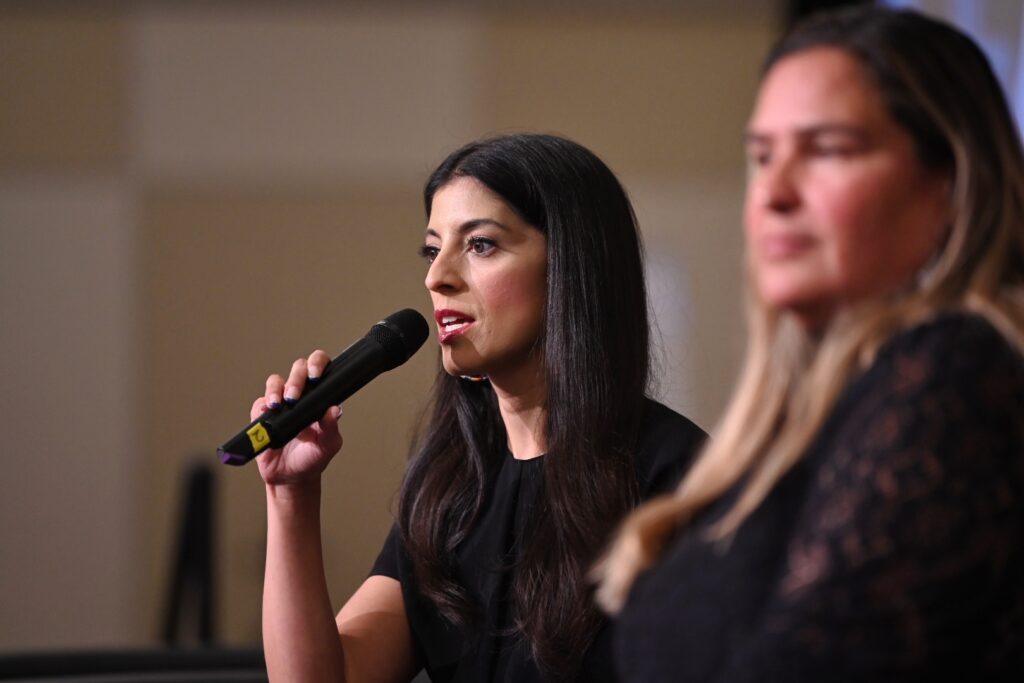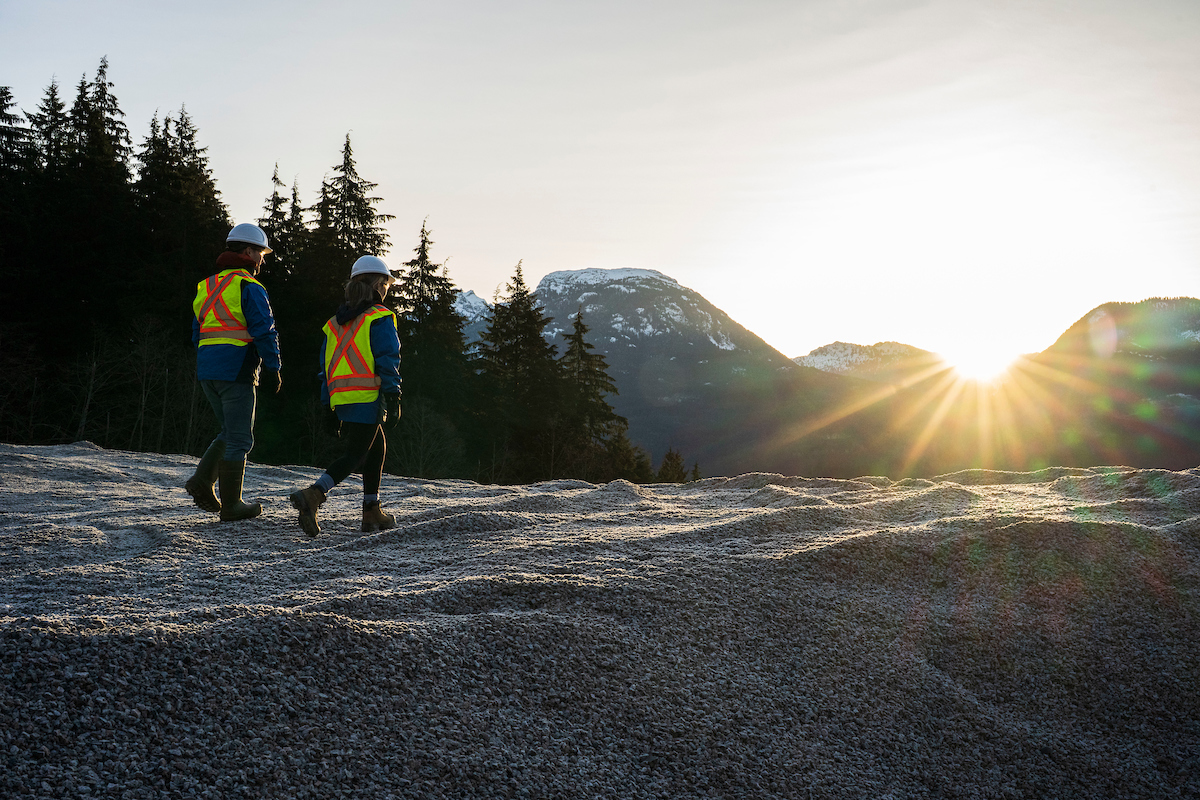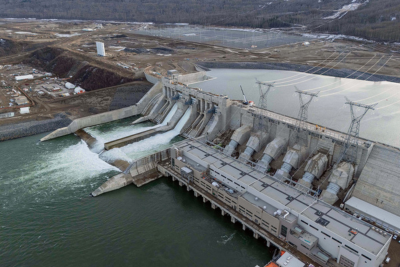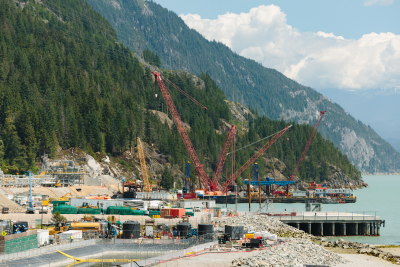News & Insights
Woodfibre LNG Shares Vision of True Partnership at BC Indigenous Resource Conference
Jun 26, 2025
“Make no mistake that the world wants Canadian LNG. And make no mistake that Canadian LNG is Indigenous LNG.”
– Luke Schauerte, CEO of Woodfibre LNG, speaking at the 2025 BC Indigenous Resource Opportunities Conference (BCIROC)
This rallying point from Schauerte was a prominent theme as he delivered opening remarks at the 2025 BC Indigenous Resource Opportunities Conference in Nanaimo on June 19th. His remarks offered a bold vision for energy development and how it can play a key role in economic reconciliation.
“I’m proud to be able to demonstrate that Indigenous resource opportunities are real, tangible and can shape the future, both for Nations that have been left out of these opportunities in their own territories for too long, and for industry, by providing a clear way to do business on your traditional, unceded lands, on your terms, in true partnership and with a shared vision for prosperity.”
A New Model for Indigenous-Led Energy
Woodfibre LNG strives to demonstrate what respectful and effective Indigenous partnership can look like in Canada’s energy sector. In his address, Schauerte described how key project decisions, from adopting an electric drive powered by BC hydropower for liquefaction to switching to air-cooling for the facility, were shaped directly by input from the Squamish Nation.
“Some of our most defining design decisions were shaped through close consultation with the Nation,” Schauerte explained. “Others, like shifting to air-cooled liquefaction and establishing a marine monitoring program, were direct responses to Squamish Nation priorities.”
At the heart of this relationship is a legally binding Environmental Assessment Agreement with the Squamish Nation, the first of its kind in Canada. The agreement ensures that the project is accountable not only to provincial and federal regulators but also to the Nation itself. It sets enforceable conditions that embed Indigenous values and oversight directly into the project’s operations.
Investing in People and Place
Schauerte emphasized that building a better future is not just about innovative engineering. It is about investing in people.
“Woodfibre LNG was an old, derelict pulp mill. By 2027, we will be one of the most sophisticated industrial operations in Canada, exporting from the one of the world’s lowest-emissions LNG facilities to global markets.”
He recalled a moment with Squamish Nation Chief Dale Harry, who told him that First Nations people once could not even get a job sweeping the floor at the old pulp mill. Today, that has changed significantly.
“Now, we have just graduated our first cohort of power engineers that will be LNG operators — good, family-supporting jobs. We have people in management positions from the Nation on our project, Indigenous environmental monitors, regulators, and this is just the beginning.”
Listening and Learning: A Fireside Chat with Squamish Nation Leaders

Also at the conference, Woodfibre LNG’s Vice President of Corporate Relations, Selena Basi, hosted a fireside chat with Squamish Nation leaders Hereditary Chief Ian Campbell and Deanna Lewis, discussing how the relationship between the Nation and the project has progressed. The discussion focused on their lived experience with Woodfibre LNG, tracing a path from early concerns to a growing partnership shaped by accountability, cultural understanding, respect, and shared goals.
“Consent-based decision-making and genuine collaboration with First Nations are essential,” said Selena. “At Woodfibre LNG, we’ve worked to build a relationship with the Squamish Nation that reflects shared interests and mutual respect.”
A key takeaway from the session was the role of Indigenous leadership in shaping project outcomes. Chief Campbell spoke to the influence of the Squamish Nation Environmental Assessment Agreement in embedding Nation priorities into the project’s design, while Deanna Lewis reflected on the shift that occurred when the company began responding meaningfully to community input. Initiatives like the Gender Safety Committee emerged from this dialogue, reinforcing the value of co-creating solutions that reflect both community values and project realities.
Commitment to Indigenous Partnership and Shared Prosperity
Woodfibre LNG is showing how energy projects can move forward through real partnership with Indigenous Nations. With Indigenous-led oversight, community input, and shared decision-making built into the project, it offers a model for how reconciliation and development can happen together. As the conversations at BCIROC made clear, Canada’s energy future will rely on projects like this, that are grounded in respect, accountability, and a commitment to doing things the right way.



